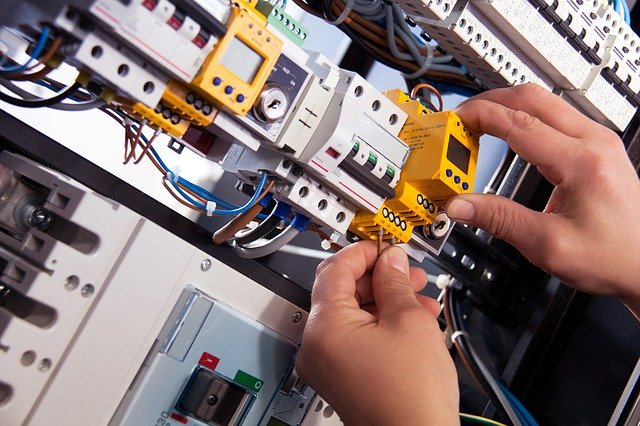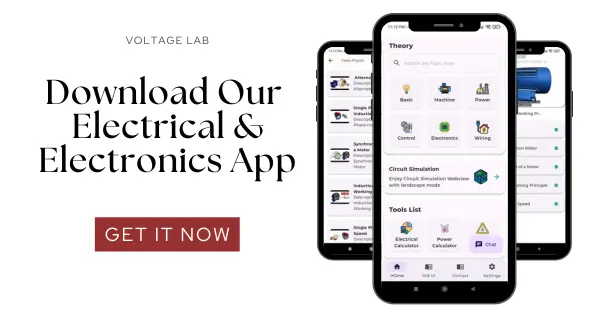We all have an idea about the intermittent power outage, right? It is quite usual for a home or company to lose some of its electricity in some areas or for the power to cycle on and off periodically. It’s what we colloquially know as a “partial outage.” The reasons for this can range from a trip circuit breaker to a faulty connector or a loose wire at a service lead.
What is an Intermittent Power Outage?
A faulty connection is usually at an electrical box or device along the circuit. Again can also be at the panel or on the power company’s line to your house.
This causes a complete set of lights and/or outlets to stop working for a period of time.
Its trigger can be by a temporary short circuit. Short circuits happen when anything, such as
- a tree limb or
- an animal comes into touch with power cables.
When this happens, specific electrical equipment automatically opens and closes the breaker two or three times.
Each attempt may result in a brief outage. These brief interruptions make you deal with a lengthier outage.
How Long Do Intermittent Power Outages Last?
The majority of power outages are brief. There are many that may last seconds or minutes after they began.
Because
- The trigger of some power outages can be by lightning or strong winds. In this case, there is a possibility of the destruction of electricity lines.
- This eventually results in lengthy restoration times.
- Huge portions of the population without power have an impact on entire communities. Sometimes, can even have an economic impact.
For example, the Northeast blackout of 2003 knocked off power to 50 million people from New York to Ottawa, Canada’s capital.
Remember, disruptions can sometimes persist a long time, sometimes several weeks.
Power outages are sorted into four types:
- Permanent problems,
- Brownouts,
- Blackouts, and
- Rolling blackouts.
Each of them has a unique cause and is marked in a unique manner.
Permanent Fault
A permanent fault is a type of intermittent power outage in which a fault in the power line is the main cause. These are simple and straightforward to resolve:
- After the elimination of the issue, there is the automatic restoration of power.
- This type of outage usually does not affect big areas since it trips up wires that are further down the supply line to residences.
- While greater blackouts and brownouts occur because of faults in the generation process, this happens due to the problems in the supply system.
- These are usually straightforward to locate and correct.
Brownout

The main cause of brownouts is usually due to a loss in electrical voltage or a drop in the overall electrical power supply. The word for these types of outages comes from the dimming of lights that occurs as the power sags.
- Brownouts can not result in a full loss of power,
- They can cause poor equipment performance, and some devices, such as hair dryers or electric ovens, may not function properly with the low voltage during one of these outages.
Blackout
A blackout occurs when an area loses all electricity. This is the most serious sort of power loss. It affects a significant number of people across a wide area.
Blackouts typically occur because of substantial damage to electrical generation facilities, such as,
- Structural damage from violent wind storms,
- Lightning strikes.
These are particularly difficult to repair fast – this is why, in the worst-case scenario, blackouts can linger for many weeks.
Rolling Blackout
Rolling Blackouts are distinct from the other three because they are scheduled power disruptions. These are typically in use where the grid is unstable. Again, when the infrastructure cannot accommodate the people it serves.
Rolling blackouts can also occur when there is insufficient fuel to run power at full capacity, whether for a short or lengthy period of time.
Minimizing the damage

An unplanned power outage occurs precisely when electricity simply goes off.
- Set/adjust machines to ‘fail safe’ or ‘fail to safe’ conditions in order to prepare for power interruptions. A power loss might put machines in a dangerous or unstable state. If it’s practicable, the first step should be to set all computers (including services) to ‘fail to safe.’
- Prepare checklists and procedures for all activities to be taken in the event of a power outage, such as
- isolating machines,
- clearing conveyors,
- clearing assembly machines, and
- preparing equipment for restart.
- Identify any non-electrical energy consumers. Then determine what actions you should take, such as turning off gas ‘flamers’ for PP printing.
- For all computers and controllers, prevent data loss (or corruption). This was less of an issue in the 1980s when there was less reliance on computers. But now a power outage can quickly result in data loss
In the event of a power outage, an uninterruptible power supply (UPS) provides continuous power to computers and controllers. Because they have very limited storage. They will never be able to maintain a plastics processing facility operational in the case of a power loss (they are only after all a rechargeable battery and a rectifier).
While UPSs are insufficient for machines, they are in use to protect computers (and servers) from data loss and corruption. For example, I am using one on this computer right now to cover the unusual event of a power outage in my neighborhood.
A UPS will survive for a long period, be easy to operate, and secure data.
As a result, the intermittent power outage is a type of phenomenon which may result due to some technical aspects. But, loss due to it can be minimized with some steps.
Conclusion
I hope you enjoyed my ultimate guide to what causes an intermittent power outage and how to minimize it.
Now I’d like to hear from you: do you power outages often? What do you do when the lights go out?
Either way, let me know by leaving a quick comment below.
Read More: Why Surge Protector’s Light be Flickering



